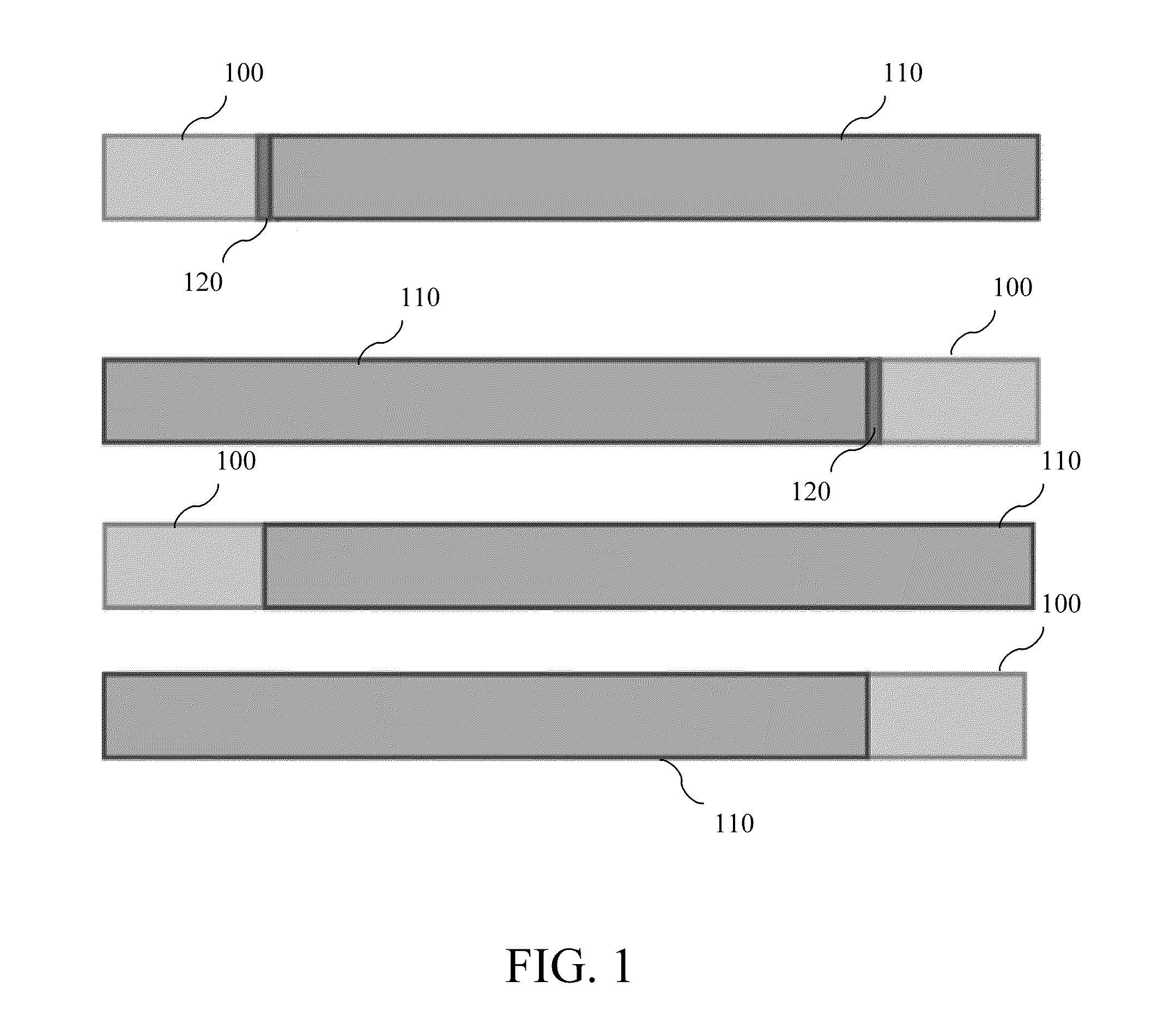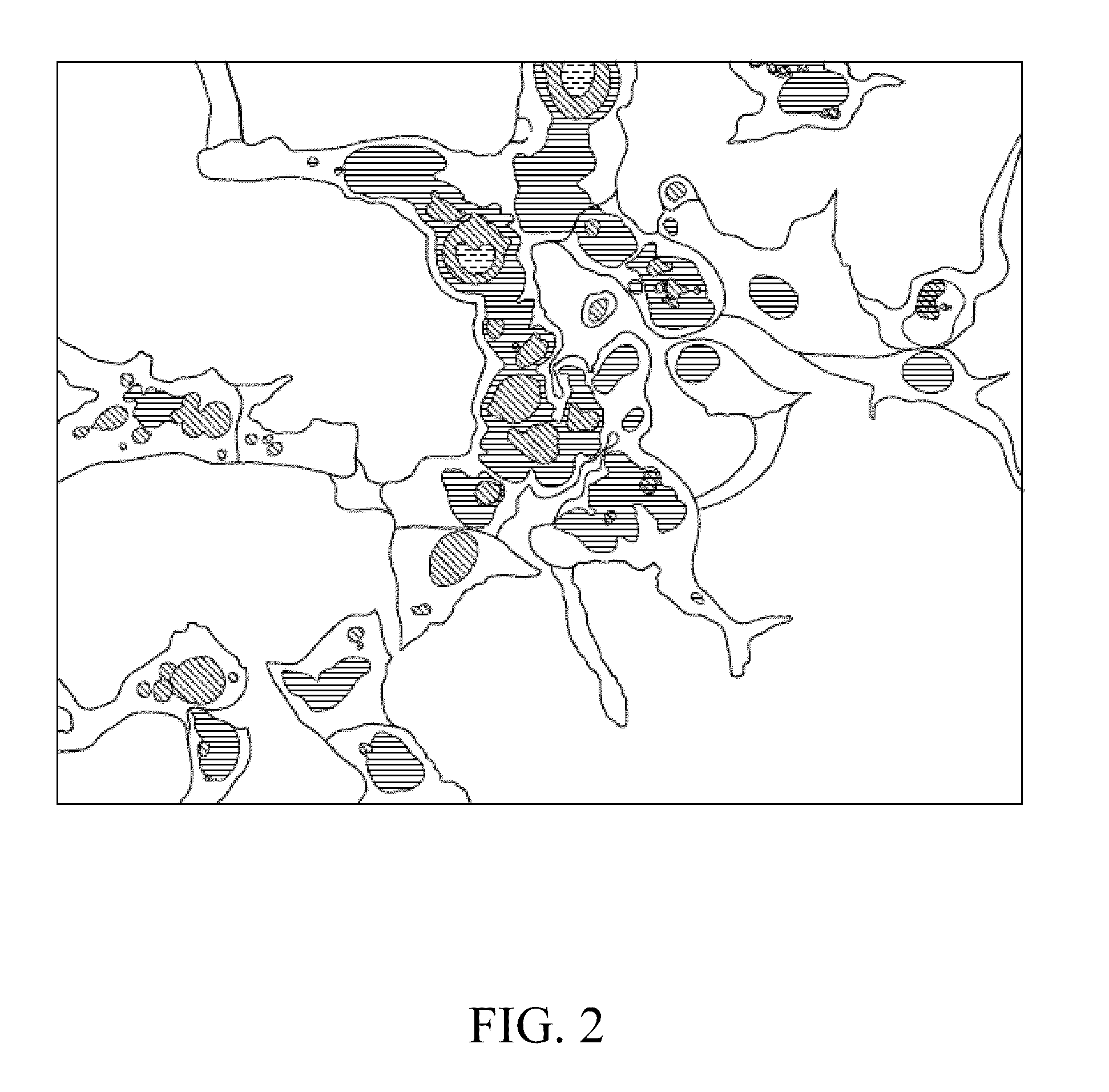Chimeric dystrophin proteins to treat dystrophinopathies
a dystrophinopathy and protein technology, applied in the field of chimeric or fusion protein, can solve the problems of skeletal and cardiac muscles without functional full-length dystrophin protein, prone to tear and damage, and compromise structural stability,
- Summary
- Abstract
- Description
- Claims
- Application Information
AI Technical Summary
Benefits of technology
Problems solved by technology
Method used
Image
Examples
Embodiment Construction
[0034]The embodiments disclosed by the invention are only examples of the many possible advantageous uses and implementations of the innovative teachings presented herein. In general, statements made in the specification of the present application do not necessarily limit any of the various claimed inventions. Moreover, some statements may apply to some inventive features but not to others. In general, unless otherwise indicated, singular elements may be in plural and vice versa with no loss of generality. In the drawings, like numerals refer to like parts through several views.
[0035]FIG. 1 shows a schematic diagram of a chimeric protein consistent with some embodiments of the present disclosure. In some embodiments, a transportation region is fused to the N-terminal end of a therapeutic region. In some embodiments, the transportation region is fused to the C-terminal end of the therapeutic region. In some embodiments, a cleavage region is disposed between the therapeutic region and...
PUM
| Property | Measurement | Unit |
|---|---|---|
| Therapeutic | aaaaa | aaaaa |
| Transport properties | aaaaa | aaaaa |
Abstract
Description
Claims
Application Information
 Login to View More
Login to View More - R&D
- Intellectual Property
- Life Sciences
- Materials
- Tech Scout
- Unparalleled Data Quality
- Higher Quality Content
- 60% Fewer Hallucinations
Browse by: Latest US Patents, China's latest patents, Technical Efficacy Thesaurus, Application Domain, Technology Topic, Popular Technical Reports.
© 2025 PatSnap. All rights reserved.Legal|Privacy policy|Modern Slavery Act Transparency Statement|Sitemap|About US| Contact US: help@patsnap.com



